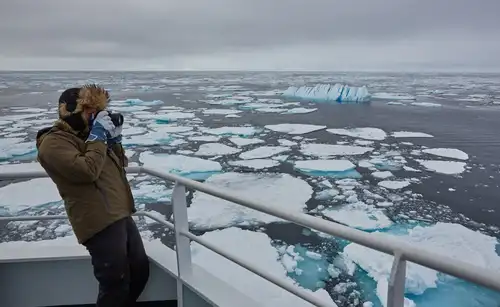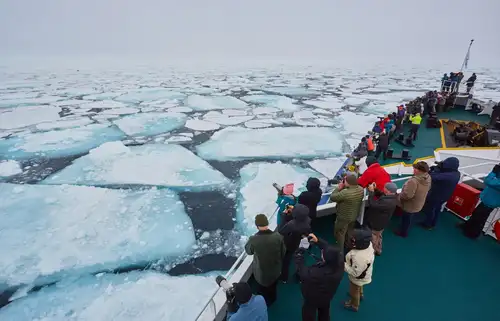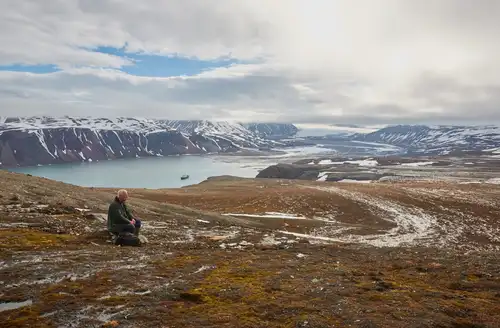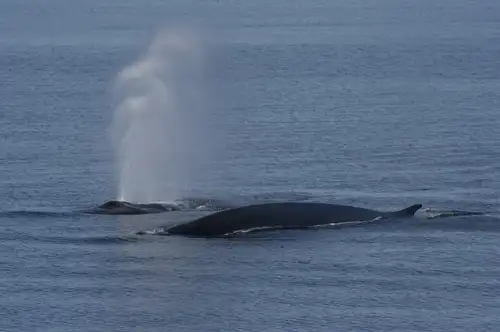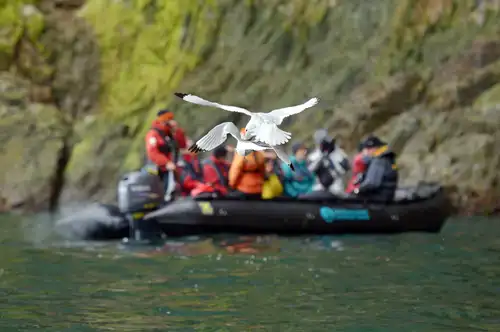I watch the sea ice from the bridge of a ship in one of the fjords of Spitsbergen, an archipelago north of Norway. I observe a perfectly adapted animal moving on the ice, the results of hundreds of thousands of years of ecological fine-tuning. Snowshoe-sized paws distribute weight, fur handles the cold and sunlight to perfection, and an incredible sense of smell samples this monochromatic realm.
Polar bears searching for prey
The captain guides the ice-strengthened ship carefully in the ice and stops the engine. My privilege is to be an Expedition Leader at such a moment. I see a few polar bears searching for prey. I focused on a mother bear with two newborn cubs. In early summer the inner fjords in Spitsbergen are often covered in fjord ice from the previous winter.
This young stable ice is the preferred habitat for ringed seals and provides ideal hunting habitat for mother bears and their young cubs. On this day, the scenery unfolds under beautiful skies and clear weather conditions, with the bears roaming their environment—a spectacular Arctic scene!
Discipline in a polar bear family
A mother and two cubs move closer to the ship. The ice a bit thin and rotten around her with many holes and leads visible, yet, she seems to know her way, expertly leading the cubs—when to climb an ice ridge, when to jump, when to swim, and when to wait in stillness. All of a sudden she freezes and peers in one direction. She spots a ringed seal on the ice.
There is no movement for a few seconds, then, in slow motion, she turns her head and her cubs immediately hunker down in precise coordination. What is the signal she gave them? Is she just giving them a look or did she make some grunting or sniffing sounds? We will never know, but there is clearly discipline in the family.
Slowly she starts to move toward her target. Sometimes, when the seal looks up to scan the horizon, she freezes at the same moment, hiding her presence. You see her calculating the best way to avoid the open-water holes and routes to stay on the ice without crashing through. She turns her head to check on her cubs, keeping them in sight, and then she lowers herself slowly, backing into the water.
Polar bear hunting strategy
Every hunt is different; the light, the wind, the ice situation, the position of the seal. Every stalk requires its own strategy. She approaches the seal from the water, following open leads. Sometimes she lifts up her head very slowly to take a new bearing and to check on her cubs, who are laying down obediently watching their mom’s “hunting school.”
With her way temporarily blocked by ice she decides to continue her course underneath the ice like a submarine; she dives. After a short moment she emerges, she again takes a bearing and slowly disappears again, under the ice. This repeats itself a few times.
Suddenly the seal gets a sense of something.... it looks around nervously and takes no chance, quickly rolling off the ice into the water. For a moment, I thought this was a lucky seal, it got away. At that instant, the bear comes surging out of the water onto the ice with its prey wriggling between her powerful jaws. Death follows quickly, her skill dominant. The hunting drama completed, her two cubs come running to join the feast. Calorie and fat needs satisfied for another day.
Lucky times for a polar bear family
The mother bear and her two cubs finished the seal kill quickly. There is always a chance that another bear will come and steal it. This time she was lucky, they had it all for themselves. For the next two years the mother will have to share every kill with her offspring.
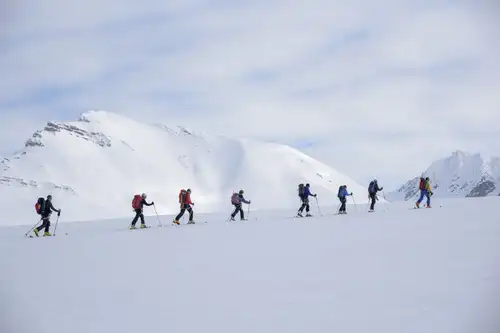
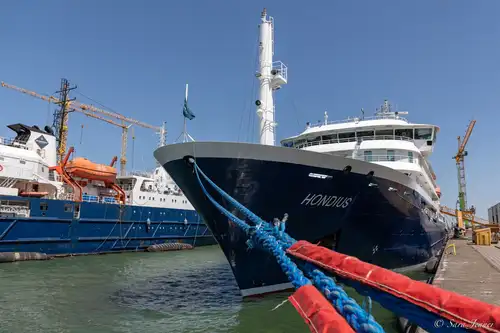
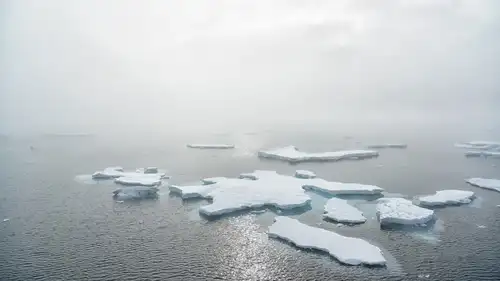

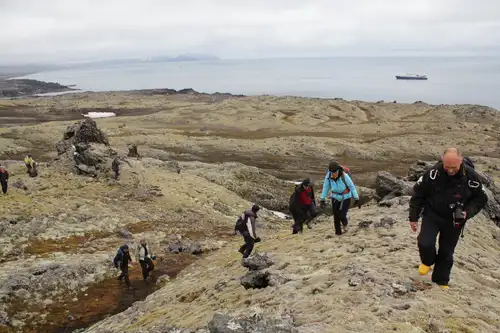
Related Trips
Blog


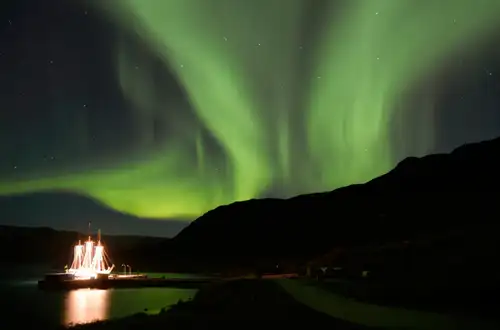
The Northern Lights dancing across the skies

Top 10 Tips for Packing Your Polar Photography Equipment
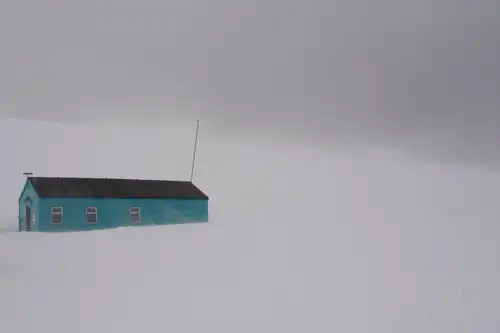
The Research Stations of Antarctica and the sub-Antarctic
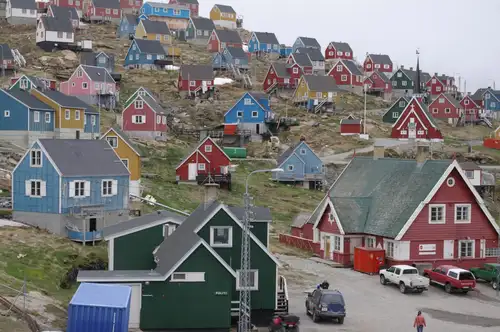
10 Traits of Post-Ice-Age Greenland
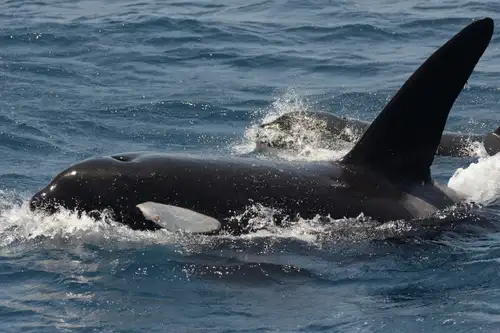
8 Whales You Might See During Your Antarctica Cruise
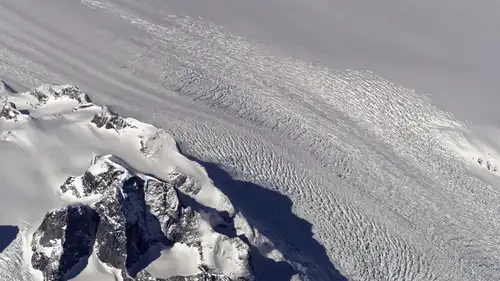
Ice streams and lakes under the Greenland Ice Sheet
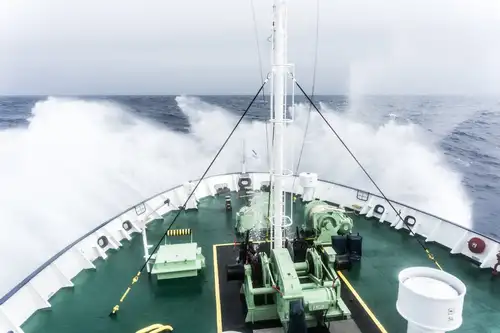
What to Expect When Crossing the Drake Passage
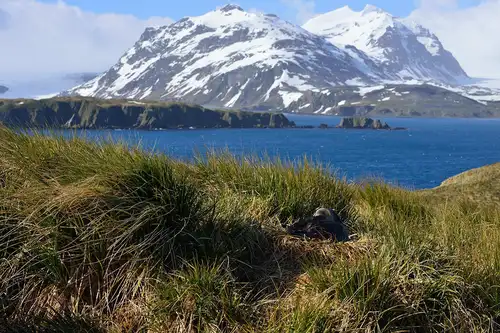
The Plants of Antarctica
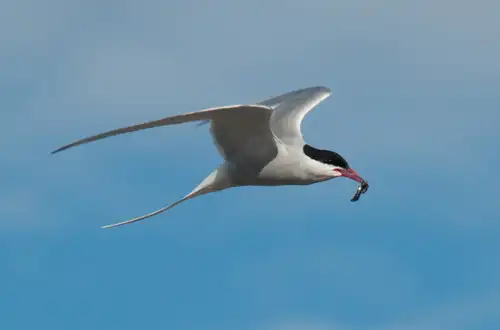
Birding Opportunities Abound in Spitsbergen
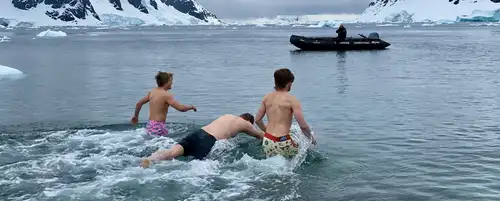
Taking the Polar Plunge

A Bug’s Life in Svalbard
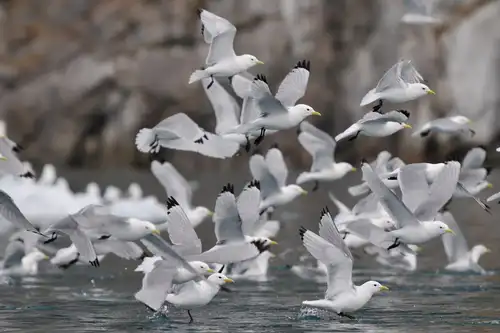
Five Birds You Might See on Your Greenland Cruise
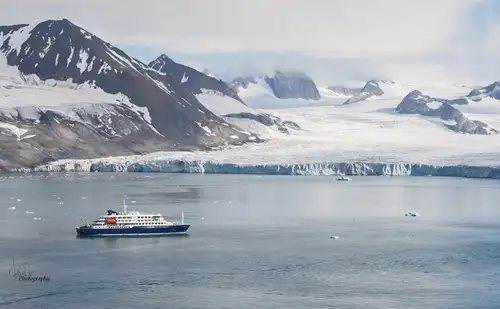
What’s so Special about East Spitsbergen?
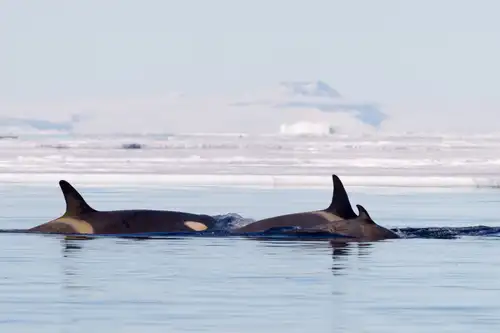
Antarctica’s first Marine Protected Area

Humpback Whales: the Stars of the Western Antarctic Peninsula
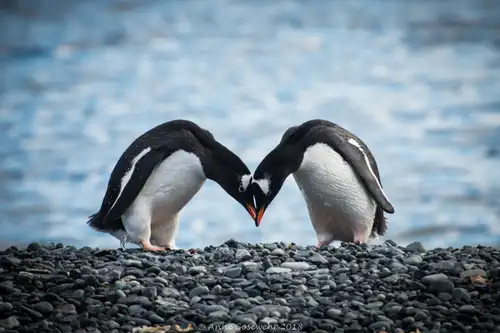
Polar Amore: 14 Wildlife Pics to Warm up Your Valentine’s Day
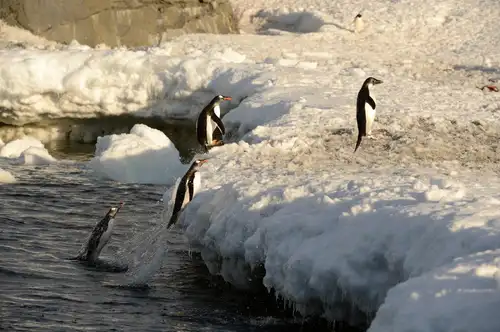
10 Terrific Antarctic Bird Facts
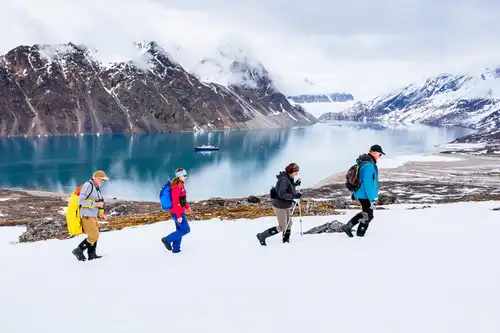
Around Spitsbergen vs. North Spitsbergen
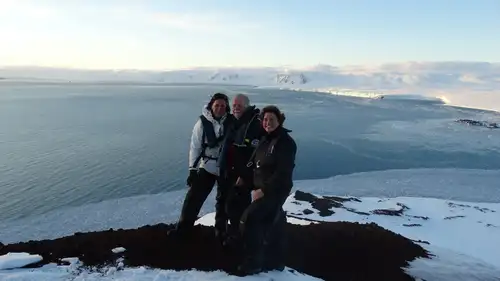
Polar Cruises: The Ultimate Icebreaker
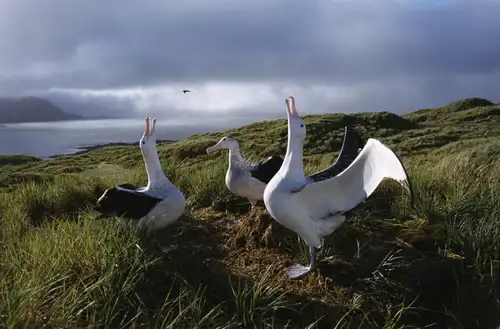



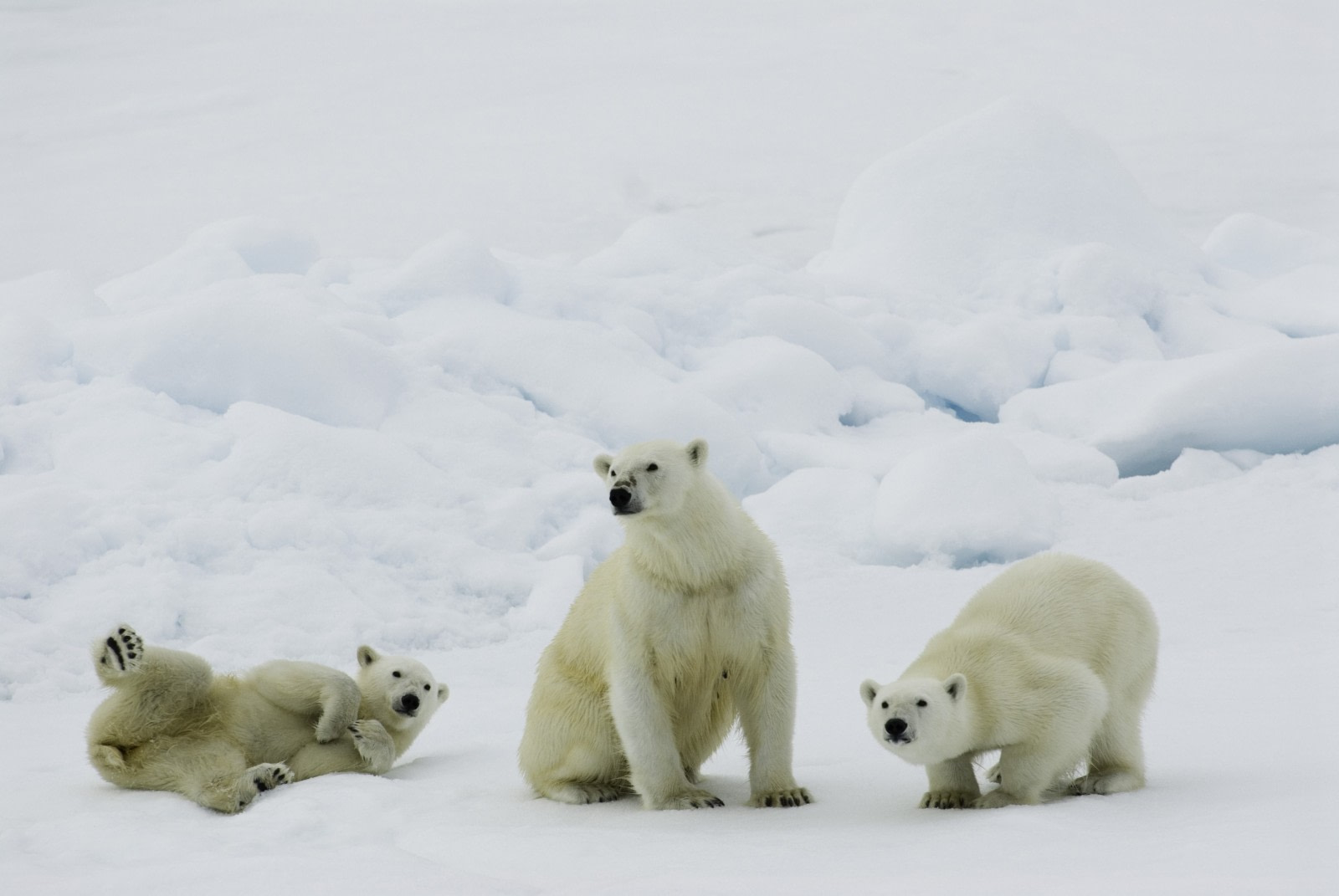

 8 Days / 7 Nights
8 Days / 7 Nights
